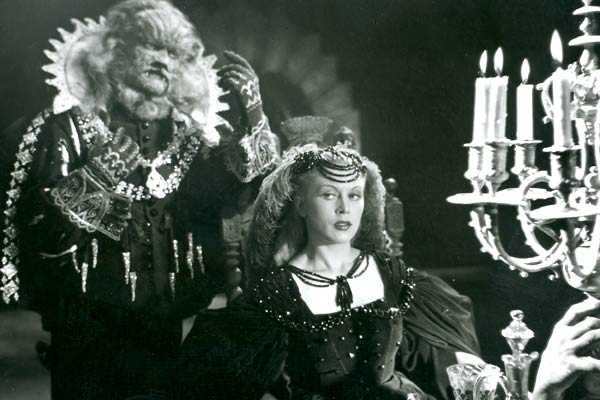Oh Bob !!!! ...,BOB BAKER, WE'LL NEVER FORGET YOU!
Bob Baker has left behind a profound legacy in Los Angeles and beyond, with his unbounded imagination and childlike spirit, he persisted throughout his life in bringing happiness and creativity to countless children and adults though his Marionette theatre, which became an extension of his own self. The man who was initiated into puppetry by Bullock's Wilshire's Tina Gainsboro, who mastered stop motion animation in Georg Pal's Studios and managed the creation of Disneyland's puppet dolls, on a handshake with Walt Disney, has kept alive the ambers of puppetry's magic for a lifetime in a city that has seen it's golden years of creation become a haze like nostalgic dream of the past. May we appreciate his work of unbounded love and support the Bob Baker Marionette Theater to solidify this essential Los Angeles' icon for generations to come, and keep the creative and innocent spirit he personified alive with us. Thank you Bob!
http://www.imdb.com/name/nm0048278/
The images are from Bob's 90th birthday tribute this past January by Councilman's Cedillo at City Hall. Read the LA Times article here:http://touch.latimes.com/#section/-1/article/p2p-82120705/
Bob Baker has left behind a profound legacy in Los Angeles and beyond, with his unbounded imagination and childlike spirit, he persisted throughout his life in bringing happiness and creativity to countless children and adults though his Marionette theatre, which became an extension of his own self. The man who was initiated into puppetry by Bullock's Wilshire's Tina Gainsboro, who mastered stop motion animation in Georg Pal's Studios and managed the creation of Disneyland's puppet dolls, on a handshake with Walt Disney, has kept alive the ambers of puppetry's magic for a lifetime in a city that has seen it's golden years of creation become a haze like nostalgic dream of the past. May we appreciate his work of unbounded love and support the Bob Baker Marionette Theater to solidify this essential Los Angeles' icon for generations to come, and keep the creative and innocent spirit he personified alive with us. Thank you Bob!
http://www.imdb.com/name/nm0048278/
The images are from Bob's 90th birthday tribute this past January by Councilman's Cedillo at City Hall. Read the LA Times article here:http://touch.latimes.com/#section/-1/article/p2p-82120705/





